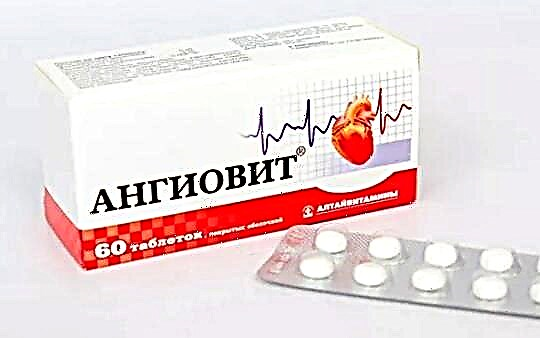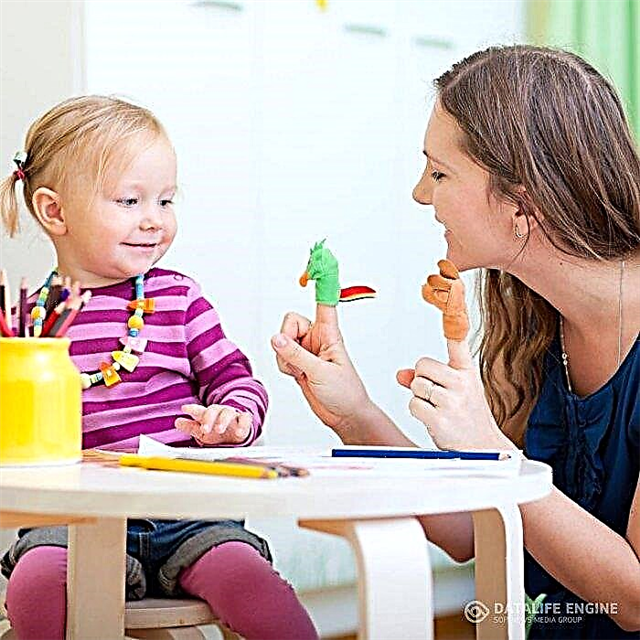The skin on the face of babies is very soft and smooth, under the influence of various factors, it can change for the worse. Red spots on the face of a newborn are quite common, as a rule, they do not pose a serious danger and most often go away on their own. There are times when irritations on the face appear are a symptom of serious malfunctions in the body.

Newborn with red cheeks
Varieties of red spots
Any rashes or formations on the child's skin are a reaction of the body, which occurs due to exposure to any internal or external pathogens or irritants. Most often, red spots in a newborn appear in the form of small or large single elements or a diffuse rash.
Important! The appearance of formations on the face of a child may indicate a serious pathology that requires qualified medical care. In order to determine the cause of their occurrence, it is necessary to show the baby to the pediatrician.
Generic
During the period of intrauterine development of the skin, due to spasms of blood vessels in the fetus, some disorders occur, which subsequently appear in the form of red spots. These birthmarks in newborns can be visible immediately at birth or appear during the first month of life. Birthmarks include:
- The nevus is simple. It does not protrude above the surface of the skin, it is pale pink or red in color. As a rule, it manifests itself only during strong stress or crying of the child.
- The nevus is fiery. Most often it can appear on the face of newborn babies. It happens flush with the skin. The shade is red or purple. Such education does not bake or itch, does not cause any discomfort. With age, this formation does not decrease, it can become more saturated or bluish in color.
- Hemangioma. It is not a very large convex and rather soft vascular mass. It comes in various shades of red. Usually up to one year, hemangiomas increase in size, but after that they can be observed to decrease and turn pale.
Most often, birthmarks appear on the forehead (often touching the eyebrows), eyelids, near the bridge of the nose, wings of the nose, upper or lower lip, cheeks, eyes. If parents are concerned about the issue of birth spots on the face of newborns when they pass, then they should know that with a symmetrical arrangement, such formations, as a rule, disappear during the first year of the baby's life, and single spots can remain for life.

Child with a birthmark on the face
Rough
Red and rough spots on the cheeks of the baby may appear due to the influence of such factors:
- Reaction to cold air;
- Allergy to pet hair;
- Allergic reaction of the body to a pungent chemical odor;
- Decreased immunity;
- The normal work of the digestive tract is disrupted;
- Transfer of an infant to milk formula;
- Incorrectly organized introduction of complementary foods;
- Food allergens got into the child's body along with artificial nutrition or mother's milk.

The baby has rough spots on the cheeks
Allergic
Allergic red small spots on the face of a newborn, as a rule, appear not only due to the influence of allergenic foods that a nursing mother uses. Insufficient or abundant feeding of the baby, as well as inappropriate artificial nutrition, can affect the fact that the child has red allergic spots on the face, sometimes on the back of the head. Such formations can itch and flake a lot, because of this, the child becomes very restless. In addition, the cause may be a failure in the functioning of the digestive system.

Baby with allergic rashes on the face
"Blooming" of the baby's skin
Sometimes newborns develop small pink pimples with a white top that look like abscesses. They can be found on the forehead, chin, cheeks and behind the ears. These small, reddish rashes can clump together. A rash appears immediately after birth or within the first month of life. As a rule, after a few weeks everything goes away by itself. The reason for the appearance of "blooming" of the skin in a child is adaptation to new conditions of existence.

Red cheeks in a newborn
Causes of the appearance of red spots
Large red spots on the cheeks of a newborn can appear for many reasons. The most common are:
- Frost and strong wind. After a long walk, the baby's chapped cheeks become covered with a rough crust and acquire a red tint;
- Redness on the cheeks and all over the body may appear due to overheating, when the mother put too many clothes on the crumb;
- Excess maternal hormones in the body;
- Consequences of washing children's clothes with poor-quality powder;
- Allergy to powder;
- Allergic reaction to low quality children's toys. It can appear on the arms and neck;
- The consequences of the mother's anesthesia during a caesarean section in the hospital can manifest itself as red spots on the baby's skin;
- Postpartum restructuring of the child's body;
- Internal pathologies;
- Infectious diseases;
- Failure to comply with hygiene rules.
How to remove an allergic rash
Before starting to deal with allergic rashes on the face of a child, it is necessary to undergo a diagnosis and examination of the entire body of the baby. Only after carrying out a set of certain measures can one begin to perform preventive procedures and treatment.
In order for allergic rashes on the child's face to disappear, parents should:
- Monitor the cleanliness of the skin. It is also important that the face is always dry;
- Do not treat stains with alcoholic tinctures that are unsafe for a baby;
- A nursing mother must strictly adhere to the correct diet;
- You can not bathe a child using foam, shampoo and soap. For bathing, it is better to use decoctions of medicinal herbs, which have an anti-inflammatory effect and remove redness;
- If the baby is on artificial or mixed feeding, you should pay attention to the mixture, if necessary, replace it.
Important! Only a pediatrician can give advice on the use of specific medications. Parents cannot independently diagnose and prescribe treatment for their child. With a severe rash, the doctor may prescribe the use of hormonal drugs with a small content of glucocorticosteroids. These hormones will help relieve itching and, over time, all rashes.

Using the cream for skin irritation in a child
When vascular spots disappear
With a difficult course of the labor process or premature birth, red spots may appear on the face of a newborn baby, which, upon careful examination, have the form of a vascular mesh or a radiant asterisk formed from capillaries. This phenomenon has been described as neonatal telangiectasia.
Such a change in the skin is not considered a pathology and does not require treatment. It is believed that telangiectasia in newborn babies is the remnants of embryonic vessels. Such spots are red and pale pink in color, have indistinct contours and turn pale when pressed, and swell when stressed or while crying. As a rule, such skin lesions gradually disappear by one year. With a strong form of manifestation, vascular spots disappear only by the age of five.
Note! It is important for parents to pay more attention to the child, to try to make him cry as little as possible, because this way the spots will be noticeable for a very long time. The less stress the baby experiences, the sooner the capillaries on the face will return to normal.
Komarovsky about spots on the face
If a newborn has red spots on his face, Evgeny Komarovsky recommends:
- Do not overfeed your baby. Let him eat less better, but the food will be absorbed better.
- Do not allow the child to come into contact with chlorine, aggressive detergents and washing powders for adult clothes.
- Use medicines only as directed by a doctor. If red cheeks do not bother the child much, it is better not to use medication at all. If itching a lot, and the baby scratches them all the time, you can use Fenistil.
- Never feed the baby with cow or goat milk.
- A child with a red spot problem should not buy bright clothes. Textile dyes very often cause contact allergies in very sensitive children. Better to let them wear white clothes.
- It is necessary to create favorable living conditions in the house. The air temperature in the room should not be higher than 18-20 degrees, and the air humidity should be within 50-70%. You should ventilate the room several times a day, carry out wet cleaning. Prevent the child from overheating and sweating.
- Children who tend to react with redness of the cheeks should not be given a lot of medications. Antibiotics, antiviral drugs, cold drops, and cough syrups can all trigger drug allergies. Therefore, medications for such children can be given strictly as prescribed by the pediatrician.
- If the allergen has not yet been found, then parents should pay attention to fish food, aerosols, mum and dad's perfumes, preparations for insects, domestic cats and dogs, house dust, indoor plants, furniture coating in the apartment.
- It is necessary to strictly monitor the process of bowel movement in the child. A baby prone to reddening of the cheeks should not have constipation. An empty intestine is able to alleviate the condition for all types of allergic reactions, even on the legs and bottom.
- Do not treat red spots in a child with traditional medicine.
When even small red spots appear on the face of a newborn baby, they cannot be ignored. Timely taking the right measures will help prevent the development of serious diseases, as well as avoid further negative consequences.



